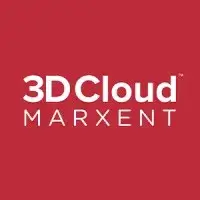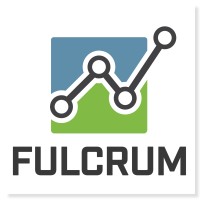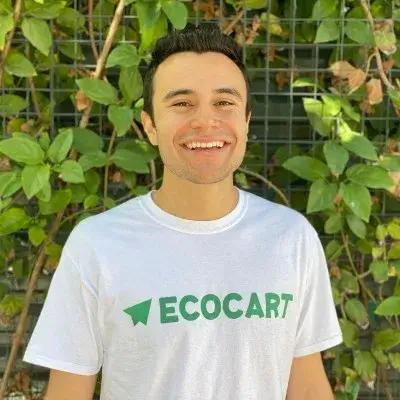Ready to launch your own podcast? Book a strategy call.
Frontlines.io | Where B2B Founders Talk GTM.
Strategic Communications Advisory For Visionary Founders
Conversation
Highlights
From Rigid Systems to Wedge Products: How Veeve’s Founder Cracked Enterprise Retail Sales
Enterprise sales cycles can make or break a hardware startup. In a recent episode of Category Visionaries, Veeve founder Shariq Siddiqui shared how his team transformed their go-to-market strategy to slash sales cycles from nine months to just six weeks – by fundamentally rethinking their approach to product integration.
The journey began with a critical insight about Amazon Go’s limitations. While working at Amazon, Shariq noticed a fundamental scaling problem with the Just Walk Out technology: “I couldn’t wrap my head around how Amazon Go can be scaled into a full-on enterprise solution… primarily because of the return on investment.”
This observation led to Veeve’s founding hypothesis: what if you could achieve similar functionality by making the shopping cart smart, rather than the entire store? But the real GTM lessons emerged as they began selling to major retailers.
The Integration Trap
Initially, Veeve found themselves caught in a common enterprise tech trap – the need for deep systems integration. As Shariq explains: “Think about the amount of different aspects of a point of sale terminal… you need to integrate with loyalty, same as you need to integrate with the catalog. What are the items that are in the store? You need to integrate with pricing engine… payment solution… inventory.”
This complexity created a nightmare for sales cycles. Each stakeholder – from store operations to the tech team – needed to sign off, leading to endless rounds of “Let me think about it. Let me talk to my tech team. Let me discuss this with my store operations.”
The Wedge Strategy
The breakthrough came when Veeve developed what Shariq calls their “wedge product” strategy: “The core definition of a wedge product is that it is not your actual product, it is a subset of your product, which is so simple, which is so easy to understand. And you see the benefit, the ROI, immediately when you’re the buyer.”
Rather than requiring deep POS integration upfront, they created a simplified offering that could demonstrate value independently. This eliminated the need for extensive technical evaluation and transformed their sales approach: “By eliminating the need to do POS integration, the sales cycles just got shorter.”
Multi-Stakeholder Pitch Engineering
Shariq revealed another crucial insight about enterprise sales: the importance of tailoring pitches to different stakeholders within the same organization. “I would literally have multiple different versions of our pitch deck for the same company, but depending on who I was talking to… I don’t need to tell them what I’ve built. I need to tell them how I will solve their problem, not their counterparts problem.”
This led to discovering unexpected champions, like a C-level executive from the pharmacy division who saw value in using smart carts for prescription notifications. As Shariq notes, “He was really excited about that, right. And that’s how we got in.”
Building Strategic Moats
Throughout the journey, Veeve maintained focus on creating defensibility: “I don’t want to build one trick pony, because one trick pony products is that somebody can come in and immediately offer a cheaper solution to a retailer or to any industry, and then you’re kind of like left in a really bad place.”
This philosophy guided their evolution from smart carts into what Shariq describes as “the Google Analytics for brick and mortar stores,” using computer vision to provide comprehensive retail intelligence.
The key lesson for founders? Sometimes the fastest path to enterprise adoption isn’t through your full solution – it’s through strategically chosen subset that eliminates organizational friction while still delivering clear value. By rethinking their integration requirements and creating targeted value propositions for different stakeholders, Veeve didn’t just shorten their sales cycle – they created a scalable path to enterprise adoption.
Actionable
Takeaways
Question Incumbent Models to Uncover Opportunities:
By critically examining Amazon Go's approach, Shariq identified scalability challenges and devised a more flexible, cost-effective alternative. Founders should scrutinize industry leaders' strategies to spot gaps and potential improvements they can exploit to differentiate their offerings.
Iterate Your Product to Expand Your Addressable Market:
Veeve's shift from a ground-up smart cart to a modular add-on dramatically reduced costs and opened up new retail segments. Founders should continuously assess their product architecture and explore variations that can unlock additional customer segments without compromising core functionality.
Frame Your Solution as a Platform, Not a Point Solution:
Shariq positions Veeve as a "retail operating system" that can integrate multiple data streams and enable future IoT deployments. By painting a broader vision for their technology, founders can elevate their value proposition beyond a narrow point solution and increase stickiness with customers.
Develop a "Wedge" Product to Accelerate Sales Cycles:
To overcome hurdles in enterprise sales, Veeve created a simplified offering that minimized integration requirements and enabled faster piloting. Founders selling to large organizations should devise a "wedge" product that delivers standalone value and greases the skids for broader adoption.
Leverage Investors as Bridges to Key Accounts:
Shariq purposefully sought out VCs with retail portfolios and connections to shorten his sales cycle. Founders should view investors as not just sources of capital, but as strategic partners who can provide warm intros and lend credibility to their ventures.





























